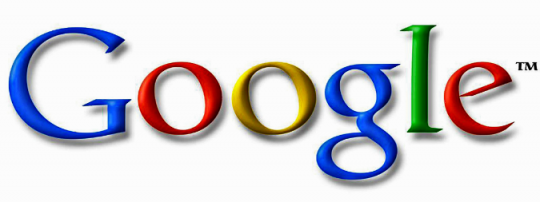The Hispanic market in the digital age
The Interactive Team and I attended the 2nd annual Google Hispanic Marketing conference in NYC.   The event attracted people and companies like ours that are the developing digital products targeted to the underserved US Hispanic Market. Victor Kong, Rafael Garcia, Jorge Rincon and I got a lot out of this event and wanted to share some insights with you.
There are 50 million Hispanics in the US today. 1 out every 3 babies currently born are of Hispanic descent. By 2020 88% of the population growth in the US will come from Hispanic segment. Â
Hispanics also over index in all digital behaviors spending  more time online, making more online transactions,  and own more smartphones and tablets than any other demographic in the country.  By 2013 more people will access the web through their mobile devices than through their PCs.
When you start cross-referencing the census data with the digital data you will begin to understand  why we have been focused on the Hispanic interactive space. In November 2011 we  launched RedMas, a digital ad network for the Hispanic market and this year we’ll will be launching digital studios to compete with Makers, Yahoo Studios, Machinima and the likes, and with YouTube we will be launching a channel geared towards Hispanic  youth.
In terms of content the real money  is still in TV, where you talk about billions, versus millions in terms of revenues generated by the  traditional market vs. digital market, but that is fast changing and the gap is closing in. And as Ben Silverman, founder and CEO of Electus, said at the conference:  “if you are not in this business today, you will be out of business tomorrowâ€.
We believe  that as a media company it is very important to be playing in this field, not only creating this new type of  content, but also using the digital world to complement and promote the content that we are producing for traditional TV.  We no longer  produce for one screen, but for three and are always looking for ways to cross-pollinate between different mediums and devices.
Here are just two links to some the best examples we saw at the conference:

